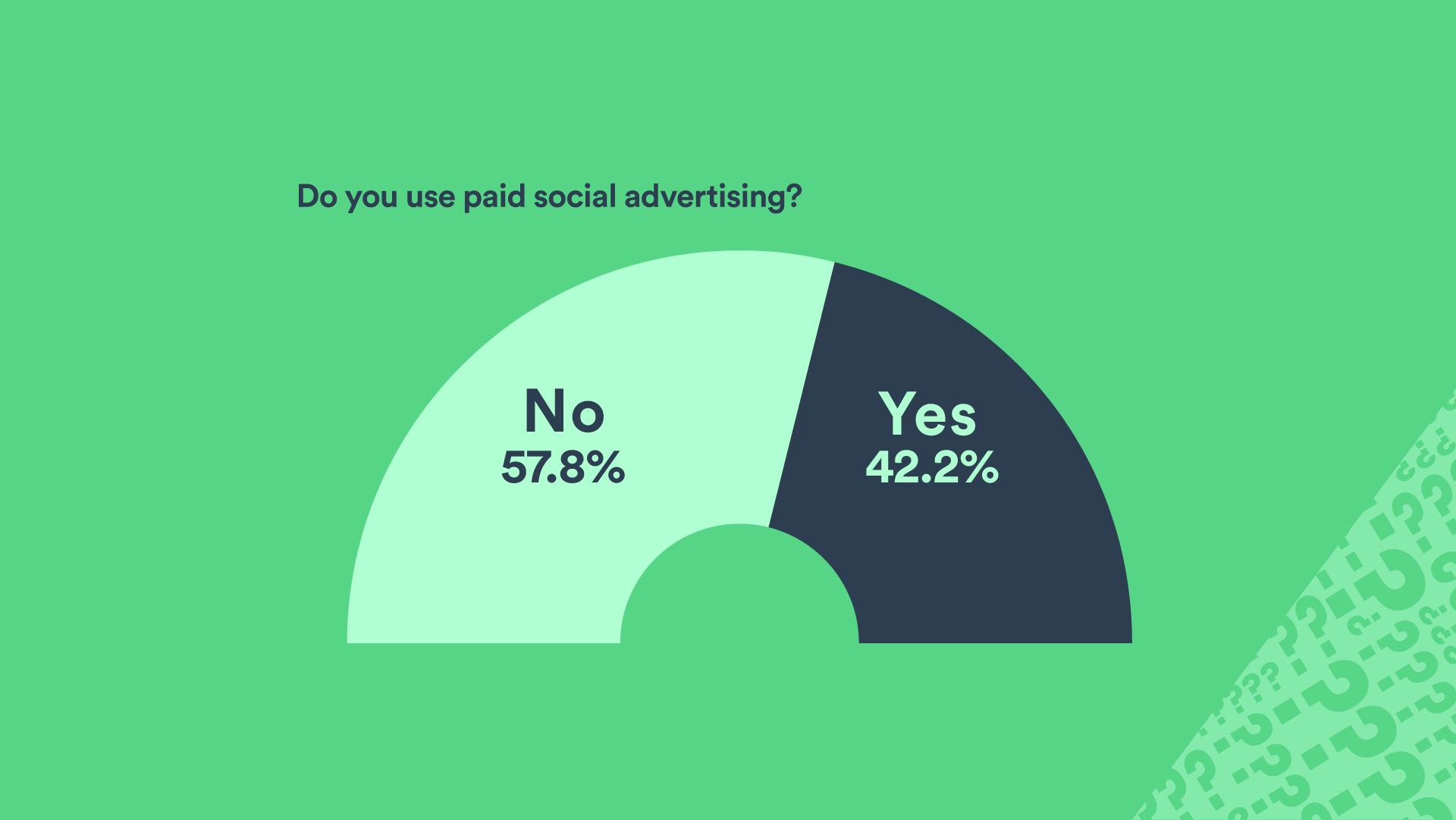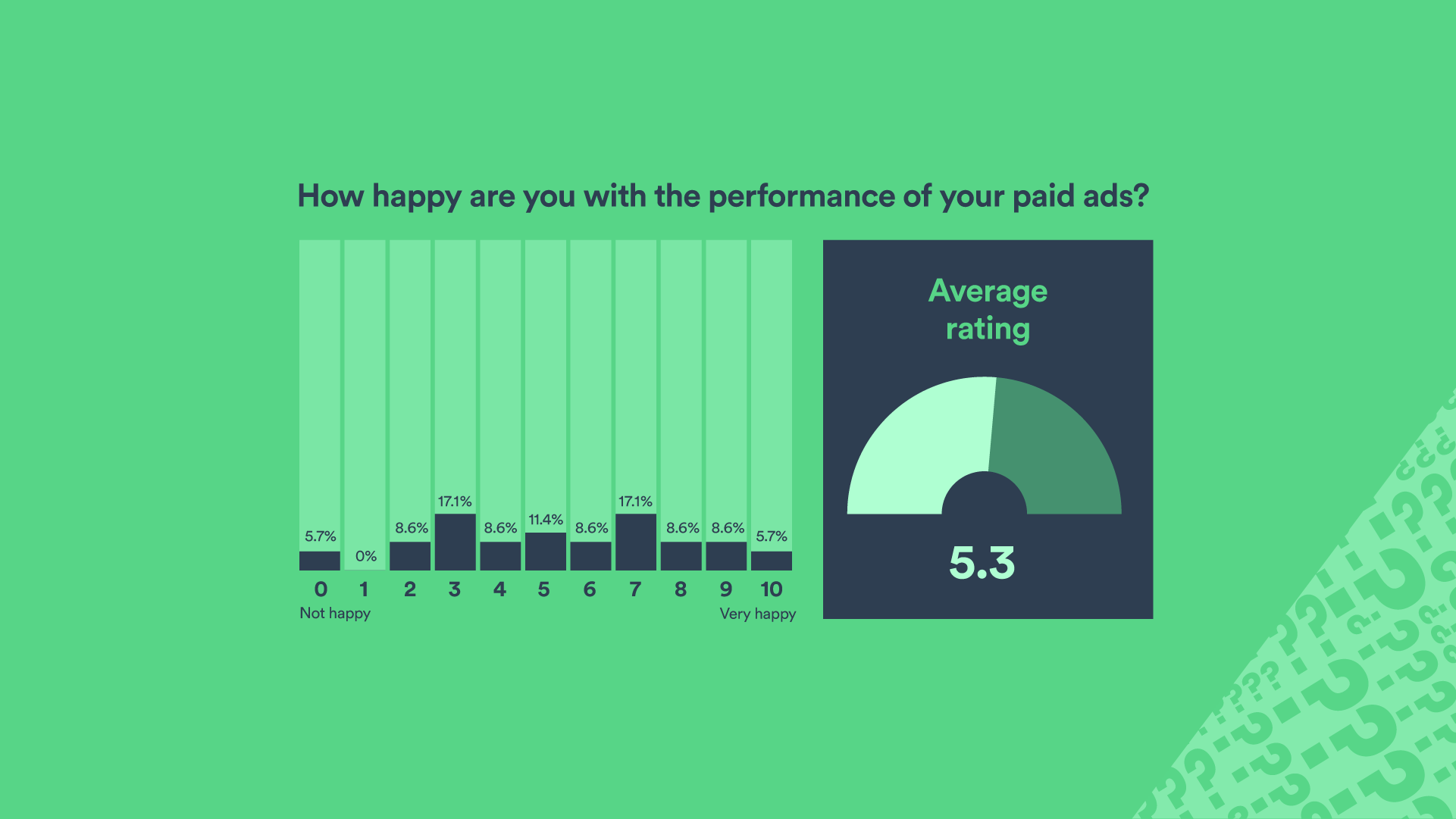With so many marketing options available for hospitality venues these days, it’s hard to know where to start.
That’s why we decided to survey 100 of our customers and subscribers. We wanted to know what works for them - and what doesn’t.
We focused largely on social media marketing, because it plays such a pivotal role in the day-to-day marketing initiatives of most hospitality businesses.
Our survey sought to answer the following questions:
- Which social media platforms are the most important?
- Which social networks are the primary focuses for hospitality businesses?
- Is paid social advertising worth it?
What sort of budgets should be set for paid social? The answers, as we suspected, were fascinating.
One of the most interesting questions we asked in our survey was also one of the most innocuous.
“Would you like us to follow you?” we asked. This was intended to sniff out which social network was the most important to our customers, and the results were telling.
Instagram came out on top with over half of respondents suggesting that we’re best off following them on Facebook’s image sharing social network. This was closely followed by Facebook (40%). Trailing far behind was Twitter (6.7%) and TikTok (1.3%).
Do those results surprise you? We’ll admit it - while Twitter’s relegation to the bottom of the table is highly predictable in hospitality, we did think TikTok might fare a little better.
Despite this, it’s clear that our customers are spreading themselves handsomely across the various social networks, with Facebook, Instagram, and LinkedIn numbering among the most commonly used. Both Twitter and TikTok fared better here, with nearly 40% of respondents saying they use the former and 13% the latter.
What social network should you focus on?

So, where should you focus your efforts on social media if you’re running a hospitality operation?
The overwhelming majority of our survey respondents confirmed that Facebook was their primary focus (56.6%), followed by Instagram (28.9%). LinkedIn, Twitter, and TikTok made up the rest of the pack, but with quite a distance between them.
It’s clear that Facebook has the lion’s share of the attention in hospitality. This is likely due to Instagram’s brilliance with imagery and the relative ease with which you can gain significant reach thanks to the clever use of hashtags.
The ease with which Facebook users can share and comment on content from businesses is clearly a big draw, too. It’s arguably one of the most social platforms, after all, and that’s largely what hospitality businesses require when seeking referral business.
So, why are Twitter and TikTok so far behind the pack? The reasons are likely straightforward; Twitter just isn’t a particularly useful social network for most hospitality businesses. It’s at its best when news-related content is shared or debates sparked; two things hotels, restaurants, and pubs spend considerably less time on.
As for TikTok, the short form video sharing network is still relatively nascent and viewed by many as a place on which to share videos of yourself dancing or taking part in the latest viral challenge. We suspect this will change. In fact, if we run this same survey in three years’ time, it’s likely that TikTok will have climbed the ladder considerably.
Paid advertising: yay or nay?

Do you use paid advertising? Our survey respondents were relatively split on this, but the majority answered a firm “no” (57.8%).
We’re not surprised. It’s a safe bet that many of those respondents have been burned by social media advertising. It’s easy to inadvertently chuck a shed load of your budget into what effectively becomes a digital black hole.
Without the right targeting, copy, imagery, and offer, your paid ads will probably sink without trace. It needs experience and skill to become effective, but that usually requires yet more marketing spend - something most hospitality businesses simply can’t stomach at the moment.
But with over 42% of hospitality businesses saying they do invest in paid social advertising, is it really worth it?
Are paid ads working?
Of all the questions we asked, this question provided the least consistent results.
On a sliding scale of 0-10 (with 0 being ‘not happy’ and 10 being ‘very happy’), nearly 6% of respondents said they weren’t happy at all with the performance of their paid ads. Just over 11% said they were marginally happy, and nearly 6% said they were very happy.
It’s all a bit… ‘meh’, as they’d say on social. But it does illustrate how hard paid social is, and backs up our point about the need for serious experience in this area if you want to be satisfied with the results.
There is, of course, another potential reason for the light spread of satisfaction when it comes to paid social advertising: those businesses may not be analysing the results properly (or at all).
Ask yourself: can you confidently say you accurately analysed and acted upon the results of your last paid social campaign? If not, you may have missed how successful - or otherwise - it was.
Best budget for paid social media marketing

So, assuming we haven’t put you off paid social advertising altogether, what sort of budget should you allocate to this form of marketing? It’s a perennial question, but one we intended to answer with our survey.
Perhaps unsurprisingly, nearly half of the respondents confirmed that they spent the least amount possible on paid social (between $0 to $99 per month).
This was followed closely by the $100-$499 bracket, which feels far more positive.
Just 5.7% of survey respondents confirmed that they spend between $500 to $999 each month on paid social and it appears that no one spends more than $1,000.
These results aren’t surprising, but they prove that there really isn’t any such thing as a ‘standard’ budget for social media advertising. The right budget for your business will be entirely different to your closest competitor. But that’s fine; you may be investing more in other forms of marketing which are already producing results.
Start small, experiment, and, if you’re unhappy with the results, seek some help from an experienced social media marketer. After all, it makes more sense to allocate some budget in that direction before going all-in with paid ads (remember how much of a black hole it can turn into!).
Wrapping up
We hope you found the results of our survey as interesting as we did.
Stay tuned, because we’ll be conducting more research of this kind, and revisiting this particular topic in the not too distant future.
Get Started With Free WiFi Marketing
Beambox helps businesses like yours grow with data capture, marketing automation and reputation management.
Sign up for 30 days free